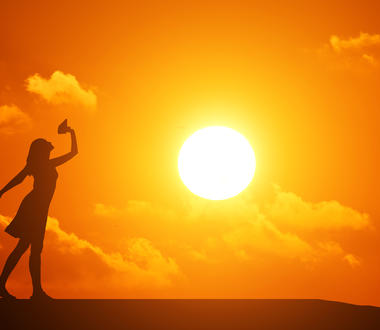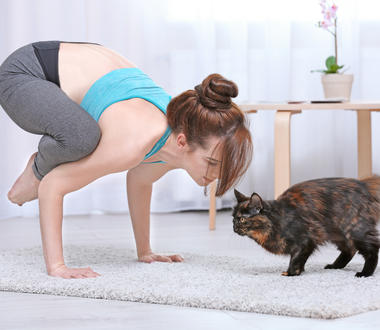3 Min read
There are numerous yoga styles available in studios for regular practice. A beginners may have the following questions:
- What style to choose?
- How to differentiate between different yoga styles?
- What styles have come from India and what were developed in Western societies? Does it make much difference for the practitioner at all?
“Yoga style” can be defined as a special sequence of postures or as teachings represented by a specific teacher or founder of the style. I present to you in this blog a series of entries “all about yoga styles.” This is your navigational tool for the current yoga landscape.

Hatha Yoga = “just” Yoga
Right from the beginning we should look at Hatha Yoga. It should not be defined as a particular style, because all styles of yoga are rooted here. It was brought into the limelight by the so-called father of modern yoga, Krishnamacharya. If the different yoga styles are compared to rivers, lakes, seas and oceans, Hatha yoga would be the water. As such, if you go to a Hatha Yoga class you will be practicing yoga postures, breathing techniques and maybe concentration. It will simply be yoga without other labels. Just enjoy.

Ashtanga Yoga = “challenging” yoga
This style is characterized by particular sequences of quite advanced postures and dynamic transitions between them. The founder of the style is Pattabhi Jois –a direct student and relative of Krishnamacharya, the father of modern yoga. Each sequence of postures is called a “Series” and has its own number: I, II, III or IV. Series I and II are known as primaryand they are normally practiced in yoga studios. The third and fourth series require the practitioner to be very advanced and in good physical shape and they are usually not taught in classes. Good teachers propose variations, adjustments and props, as not all postures are suitable for every student. If you love challenges –just do it.

Iyengar Yoga = “precise” yoga
This style was founded by B.K.S. Iyengar, another direct student and relative of the father of modern yoga. Tons of articles about yoga raise the question “how 2 direct students could come up with such different styles that postulate contradictory values:a quite wild development of body potential (please not ethat “quite wild” does not mean “bad”) vs. perfectly precise adjustments for slow growth. I personally believe it had a lot to do with the personalities of the founders and their different relationships with their own teacher. I nIyengar Yoga you will be invited to look at the exact position of your feet on the matanduse many props, such as blocks, blankets, polsters and so on to align your body into straight lines.If you wish to connect with each millimetre of your body– please enjoy.




